No products in the cart.
Return To Shop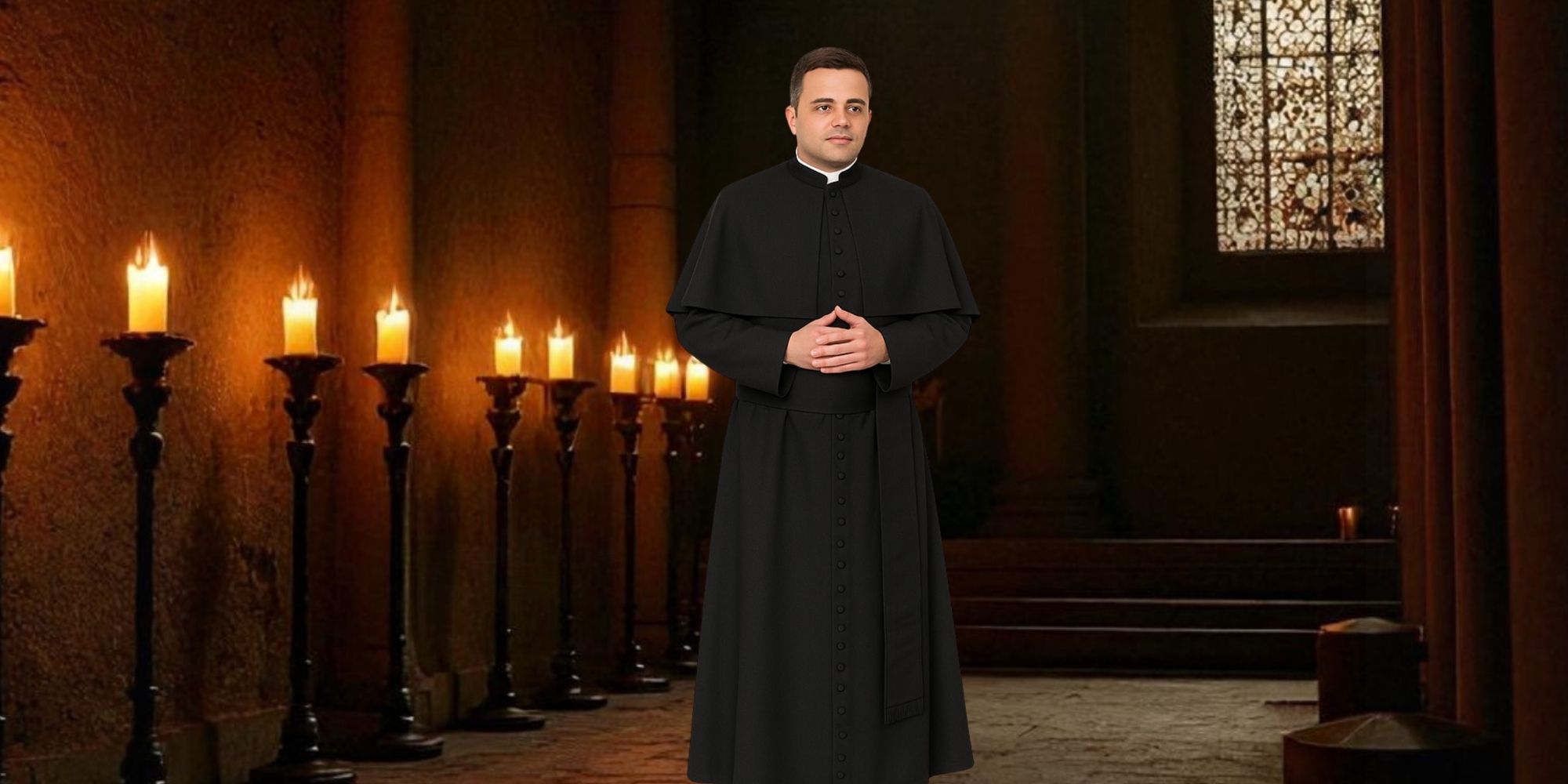
When you see a priest or bishop wearing a long black robe, you’re probably looking at a cassock. But what exactly is a cassock? And why is it so important in religious traditions? Priests, bishops, and other religious figures wear a cassock, a long robe that holds deep tradition in many Christian churches. They often wear it during church services or ceremonies. Many people also call it a cassock soutane or cassock robes. Most cassocks use dark-colored fabric, usually black, but you may also see them in other colors. For example, bishops might wear a red cassock, known as a bishop cassock.
The Definition of a Cassock
When we talk about the definition of a cassock, it refers to a full-length robe worn by religious leaders like priests and bishops. The cassock is not just a regular robe, but a symbol of the person’s religious role and authority within the church. The cassock is worn with a cincture, a rope-like belt that is tied around the waist.
What’s the Difference Between Cassock vs Regular Clothing?
A cassock stands out from regular clothing because it holds deep religious meaning. Clergy members have worn cassocks for hundreds of years, while people wear regular clothes for daily activities. Unlike your school uniform or casual outfit, a cassock shows someone’s religious role—like a priest in cassock leading a service. Clergy often wear it during important church events such as Mass or Communion.
The word cassock comes from “soutane,” a French word for a long robe that clergy wear. This special robe became part of church tradition in the 16th century and has remained important ever since. Today, many clergy members—including priests, bishops, and even cardinals—continue to wear cassocks as a sign of their commitment and role in the church.
What is Role of a Cassock in Clergy Life?
Different types of cassocks come in various patterns and styles. For instance, a cardinal cassock might have a different design compared to a regular cassock priest. The cassock fascia, a piece of cloth worn at the waist, is another distinguishing feature. Some cassocks have long sleeves, while others may include a cassock surplice (a white garment worn over the cassock) for certain ceremonies. Even the cassock pattern can change depending on the religious role of the wearer.
Did you know priests trained to perform exorcisms wear a special cassock? This unique robe plays a key role in the sacred ceremony of exorcism, where they help remove evil spirits from a person. While the exorcist’s cassock looks similar to other clergy robes, it carries special importance. It shows the priest’s authority and spiritual readiness to face serious situations with deep faith and responsibility.
From Name to Needle: Cassock or Soutane DIY Guide
The terms soutane and cassock are often used interchangeably, but there is a subtle difference between the two. Soutane is a French word for a type of long, buttoned robe, while cassock is the English term for the same garment. Both words refer to the same piece of clothing worn by clergy members, but cassock is the more commonly used term in English-speaking countries. To define cassock simply, it’s a long, usually black robe worn by religious leaders like priests and bishops. The pronunciation of cassock is /ˈkasək/, with the “a” sounding like in the word “cat.”
Did you know you can make your own cassock? There are cassock sewing patterns available online that guide you through the process of creating a cassock. If you’re handy with a needle and thread, you could try your hand at making your very own cassock robes. Many religious figures wear specially made cassocks that fit them perfectly, but if you’re creating one yourself, you can customize the fit and style to suit your needs.
What Is Cassock Fascia?
Clergy often tie a cassock fascia around the waist of their cassock. This long, sash-like piece of fabric keeps the robe in place and adds a refined, decorative look. Priests, bishops, and cardinals usually wear the fascia, making it a key part of their traditional attire.
Over the cassock, they may also wear a surplice—a white, flowing garment used during special ceremonies like baptisms and weddings. The surplice symbolizes purity and plays an important role in formal church services, helping clergy present themselves with dignity and reverence.
What Do Priests Wear Cassock vs. Alb?
The cassock and alb are both worn by clergy members, but they serve different purposes. The alb is a simple, white robe that represents purity, often worn by priests and altar servers during mass. On the other hand, the cassock is a long, buttoned robe typically worn by bishops and priests for more formal occasions or religious ceremonies. Cassocks are primarily worn by religious leaders to signify their role in the church. Whether it’s for a regular church service, a special ceremony, or a formal religious event, the cassock is an important garment. It helps people recognize the wearer’s position, like a bishop cassock for a bishop or a priest in cassock for a priest.
Cassock Pattern Sewing: How to Create Your Own
If you’re interested in making your own cassock, there are many cassock pattern sewing guides available online. These patterns will help you create a traditional cassock soutane or any style that fits your preferences. Whether you’re a beginner or a skilled seamstress, you can try making your very own cassock by following the step-by-step instructions in these patterns.
Myths and Facts about Cassock
Many people wonder why religious leaders still wear cassocks. Clergy continue to wear them because cassocks have been a meaningful part of church tradition for centuries. Rather than seeing it as outdated, they view it as a powerful symbol of faith, commitment, and their sacred role in the Church.
When you see someone in a cassock, you’re not just looking at a robe—you’re witnessing a living tradition. That simple garment represents devotion, duty, and a deep connection to spiritual history.
Conclusion: The Timeless Tradition of the Cassock
The cassock is much more than just a robe—it’s a powerful symbol of the religious figures who wear it. Whether it’s a priest in cassock, a bishop cassock, or an exorcist’s cassock, each one tells a story of faith and tradition. Now that you understand what a cassock is, its meaning, and its history, you can appreciate its role in the church and the world today. If you’re ever curious about making your own, be sure to check out cassock pattern sewing guides and create a personalized cassock that reflects your faith and style!


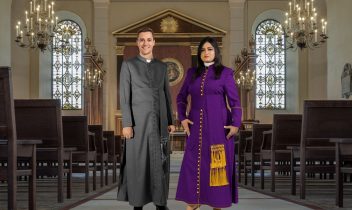
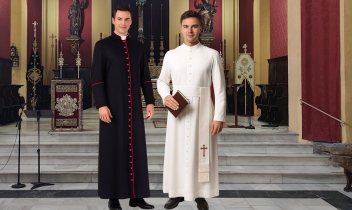
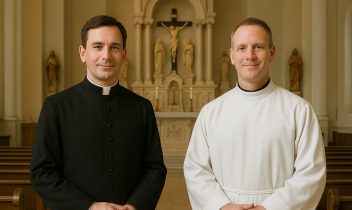
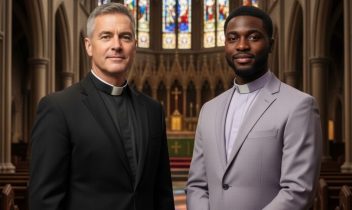
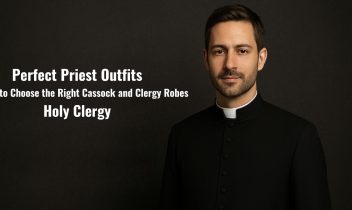
Add comment
You must be logged in to post a comment.